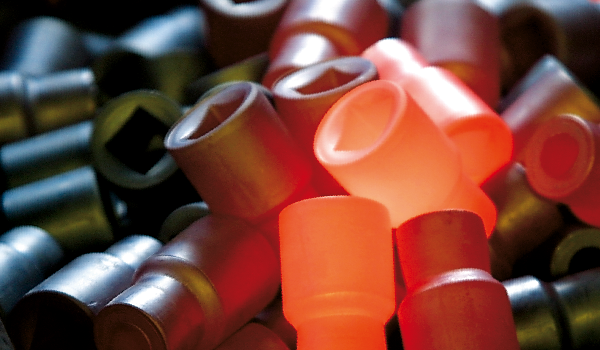Production
Stages in the production of a
ratchet and its drive
Step by step to perfection
You will be impressed by the amount of effort our tool experts put into every tool we make up to the point where it is ready for worldwide shipment and sold to a satisfied customer. This applies to all our products – whether it is a single tool or a complete, carefully compiled tool set.
As with all ELORA product families, we place great store by ensuring consistently high product quality, which is why the tight quality controls we apply after every operation have been standard procedure here for some time. You can expect really tough ratchets that will never let you down – a result of our hand-picked raw materials and sophisticated manufacturing processes. And, to match, we have numerous different sockets and types of sockets. Our impressive product range includes TORX®, multipoint-head, internal hex drive, slotted and Phillips / Pozidriv – you get exactly what you need.
In conclusion – when you buy an ELORA ratchet, you are buying a particularly high-quality tool. Included in the price is the satisfaction of knowing that you have bought a piece of high-grade German engineering – workmanship that is worth every cent.
Blanking
The starting material is high-grade ELORA chrome vanadium 31 CrV3 / 1.2208.

Hot forging
The cropped blank is heated in a furnace to the correct forging temperature and then drop forged in this hot state using high hammer forces.

Flash removal
Following this, the flash is then removed using flash-removal presses.

Grinding, vibro-deburring
The subsequent grinding process ensures the tool has a smooth outside surface. Any sharp edges and flash still remaining are then removed by vibro-deburring.

CNC machining
The internal shaping of the ratchet head is machined exactly to size in a machining centre.

Hardening and tempering
This special heat treatment ensures the longest possible service lifetimes. The tool’s tensile strength is provided by precise hardening to a given temperature and the high level of ductility by the tempering process.

Sand blasting
To make sure the ratchet has a matt, non-slip surface, we sand-blast it.

Electroplating
The surface is given durable anticorrosion protection and a high-quality satin-finish appearance.

Stages in the production of a ratchet drive
The inherent qualities of ELORA ratchets are also very impressive. The fine-toothed precision-made gearing that ensures concentricity and maximum functionality. The individual production steps leading up to the “marriage” of outer body and inner mechanisms all require extensive know-how coupled with an enthusiastic attention to detail.

Cutting
The starting material is high-grade ELORA chrome vanadium 31 CrV3 / 1.2208. Sections are cut from bar material.
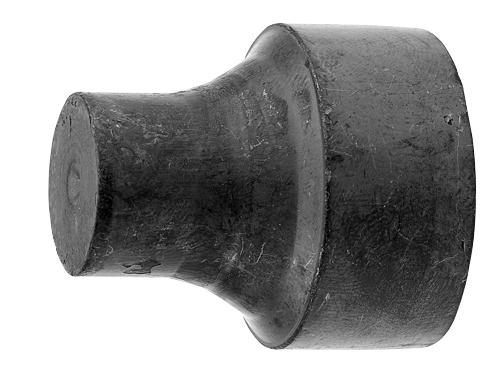
Forging
In three operations, the socket blank is hot forged in a press.
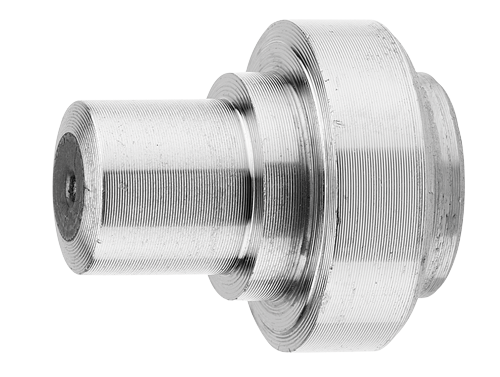
Turning
Turning give the blank its final concentricity, shape and length..
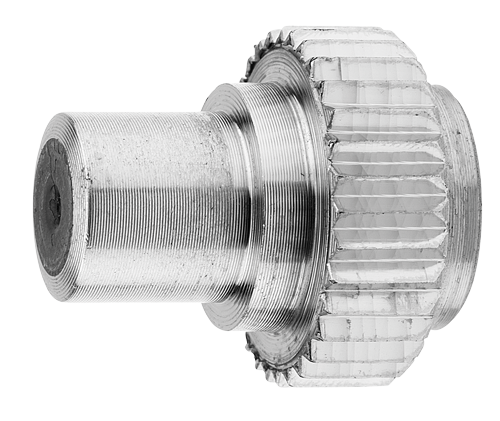
Gear cutting
A profiler is used to apply the precise toothing.
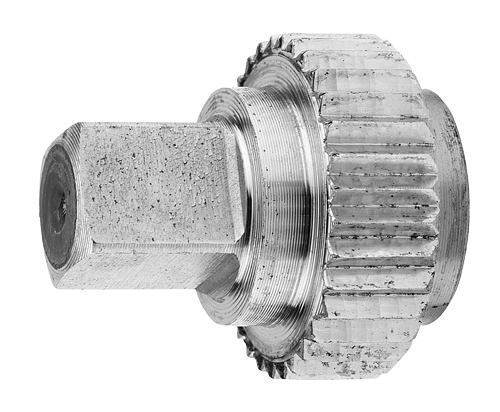
Broaching
After the broaching process, the square is cut to size.
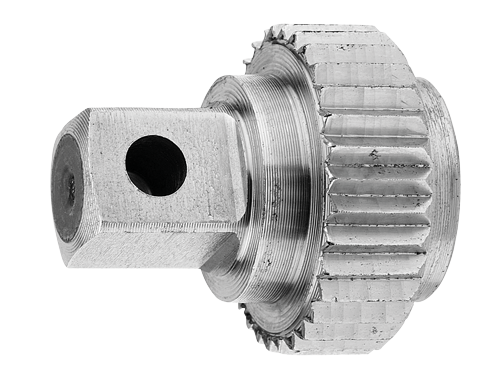
Drilling
The ball hole is drilled. This completes the machining process.
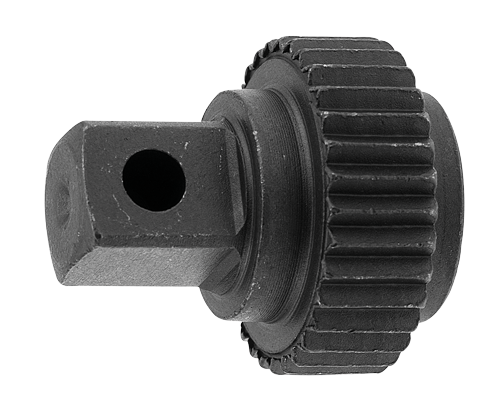
Tempering
The special thermal treatment enables maximum service life. The special strength is achieved through temperature-accurate hardening, the toughness through tempering.
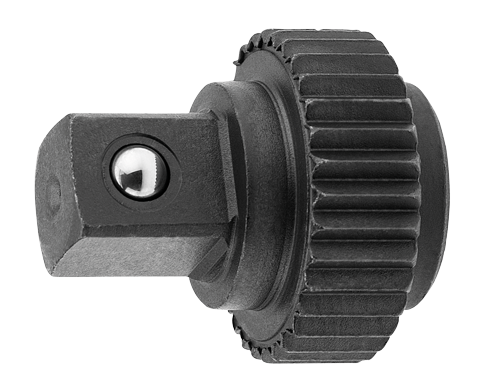
Ball indentation
In the last operation, a spring and a ball are pressed in and the ratchet drive can start its work in an ELORA ratchet.
“Marriage” / final assembly
This process involves bringing together the body and internal mechanisms. The handle, internal mechanisms and cover are fitted. The tool’s functionality is thoroughly checked.

Further insights into the manufacturing process
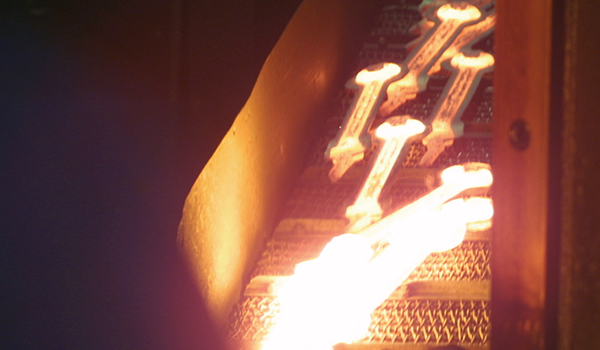
Spanner
